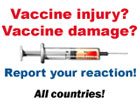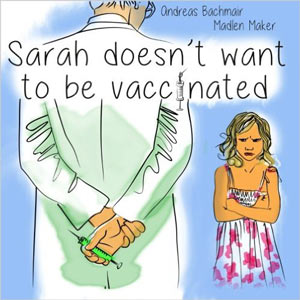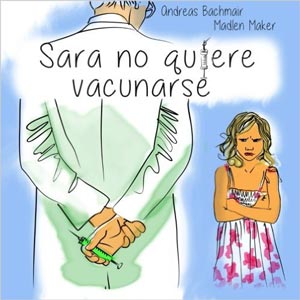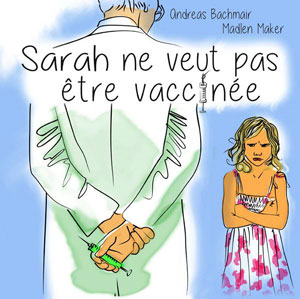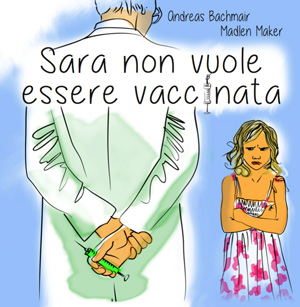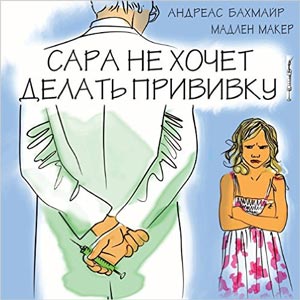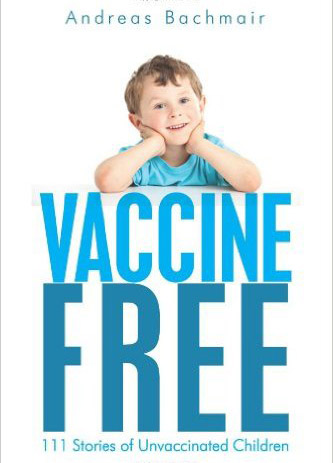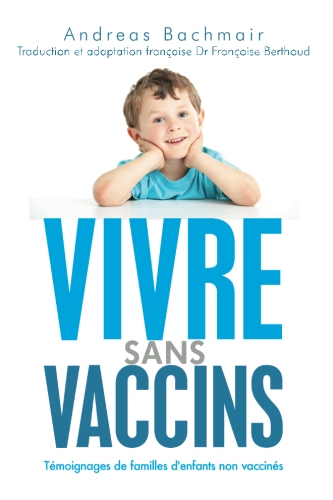Chickenpox
Pathogen
The pathogen is the varicella zoster virus from the group of herpes viruses. Chickenpox is very contagious, after the infection the varicella can continue to exist in clusters of nerve cells. The disease is transferred if there is close contact with the diseased by droplet infection (spit, content of the blisters, sneezing or coughing).
The incubation period is between 7 and 21 (generally 4-17 days) after contact with someone who has the disease. An infected person can already be very infectious approx. 1-2 days before the outbreak of a rash.
Clinical picture
Presently approx. 75% of children younger than 15 (mainly 3-10 years of age) contract this virus. Of these more than 90% fall ill and have the typical symptoms.
Signs include headaches and joint pains and a slight fever. The rash initially consists of round little red spots which begin on the back and then start spreading across the head and face; ultimately the extremities are affected. The spots later turn into blisters that are very itchy and can be found in various stages of development (so-called Heubner star chart). The rash recedes after approx. 10 days.
After the disease has receded, the viruses resist in the nerves and decades later can reappear as herpes zoster (usually when the immune system is down).
Therapy
Mainstream medicine treats the symptoms, including antihistamines for the itching. Virostatic medications such as Brivudin or Acyclovir are used when the patient’s immune system is down.
Complications
Chickenpox is usually benign. In rare cases (mainly if the immune system is weak) it can lead to bacterial infection of blisters when they have been scratched too hard or have burst open, pneumonia and meningitis (which was the reason why vaccinations were recommended inbetween the 8th and the 21st week of pregnancy approx. 1% of unborn children suffer deformities. Pregnant women who are not immune to chickenpox must therefore avoid contact with people who are infected. A few days before and after the birth an infection of the mother can lead to a more severe course of the illness in newborns.
According to STIKO (Vaccination Commission) the rate of complications is approx. 5.7%. However, this figure could not be proven in other trials. The calculation of an ESPED trial (estimation rate for rare paediatric diseases in
In 1996-2000 there were four deaths a year, in 2001 there were 10 deaths.
Immunity
There is life-long immunity after a person has had the disease.
Wild-type varicella zoster virus infection (WTVZV) early in childhood has been shown to protect against the development of asthma and atopy. The infection in childhood protects up to 10 years of age against atopic dermatitis, delays onset of atopic dermatitis symptoms, and decreases atopic dermatitis severity and office visits(Silverberg JI, Norowitz KB, Kleiman E, Silverberg NB, Durkin HG, Joks R, Smith-Norowitz TA.:Association between varicella zoster virus infection and atopic dermatitis in early and late childhood: a case-control study. J Allergy Clin Immunol. 2010 Aug;126(2):300-5. Epub 2010 Jul 10.)
Sources: The images were taken from the article Chickenpox from Wikipedia and are listed there under GNU-License for free Documentation. A list of authors is available dort.



